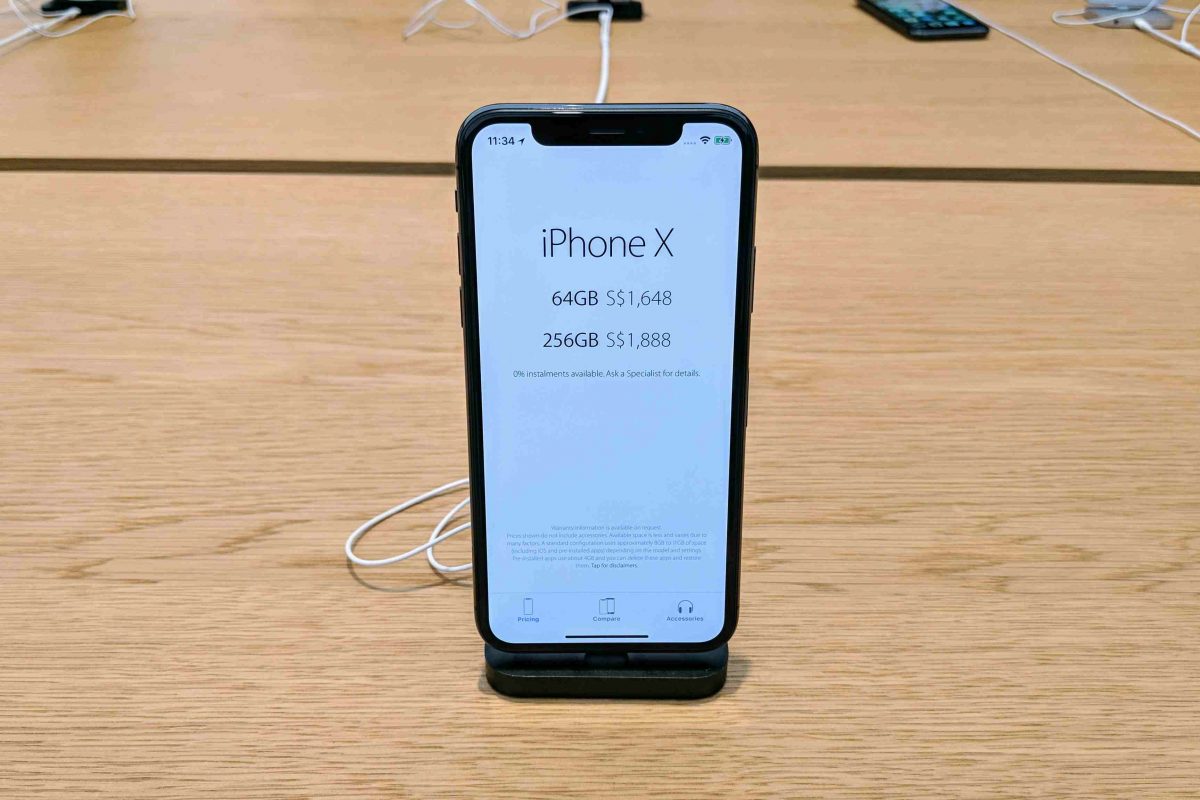If you own and still use an older iPhone, you probably want to know two things. First, Apple has been purposely slowing down older iPhones. It’s not your imagination, it’s for real. I’ll talk about the reasons in a bit. The second news is that there’s a way to fix that. For a price, of course. Nothing’s for free.
News emerged a few days before Christmas that Apple admitted slowing down certain older iPhones. Apple claims this was done to protect aging batteries. As batteries become old, they are unable to support the peak processor demands, resulting in sudden and unexpected shutdowns of the iPhones. An update was released in iOS 10.2.1 in February this year to address this issue. These changess reportedly reduced the unexpected shutdown issues by 80%.
While the software update speaks of power management tweaks for the iPhone 6, 6 Plus, 6s and 6s Plus models, there isn’t any specific mention about the capping or slowing down of processor performance. This is the issue that many customers are very unhappy about.
On the surface, it may look like Apple is intentionally slowing down old iPhones so that you will go out buy a new model. Even if Apple’s intentions were truly in the best interest of prolonging the life of older iPhones, their lack of transparency is creating distrust from their customers.
Apple has apologised and initially promised cheaper US$29 battery replacements (instead of the usual US$79) starting in February 2018. However, the battery replacements are now reportedly going to become available starting today, at least for the folks in the U.S.
Not being an iPhone user so I don’t really care so much. But while I sit here reading the news, I wonder why Apple couldn’t reverse their software fixes, or at least offer customers a choice with regards to battery optimisation? Google put a software switch for the Pixel 2 XL after the furore over its unimpressive natural colours display. It seems not too difficult for Apple to offer such a software switch, allowing customers to choose what works for them: an iPhone that dies unexpectedly, or an iPhone that plods along steadily.
You’ve got an older iPhone that’s slowing down. Apple has owned up to have caused that slow down. Now, in order to make your iPhone fast again, you’re supposed to cough up US$29?

Your other option, I suppose, is to go buy a new iPhone. Secretly, I think, that’s what Apple hopes you’ll really do. Should you cough up S$1648 for the new iPhone X, or should you pay a fee to continue using your old iPhone at the same performance level that you got on day one?
View Comment Policy